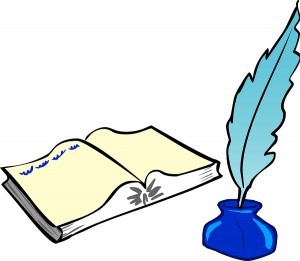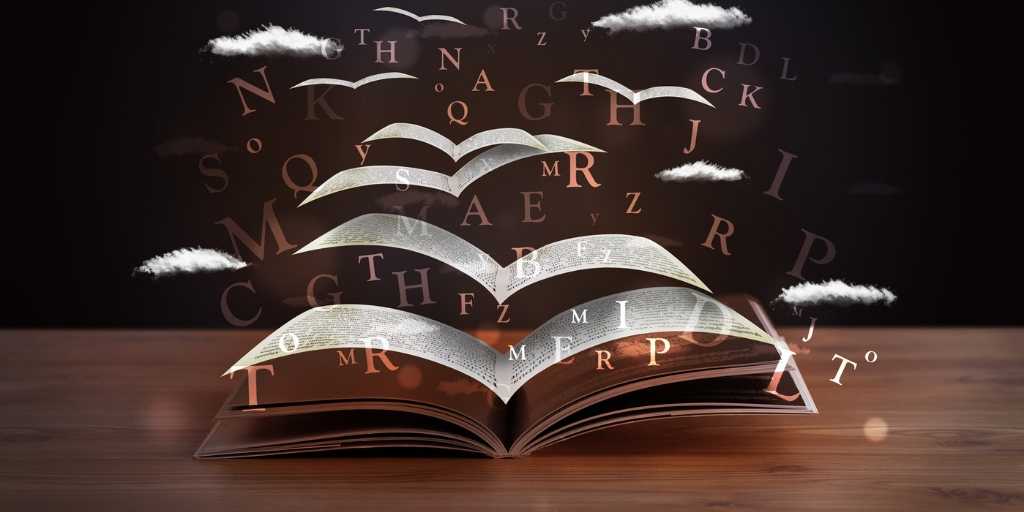Description-Finding and Selecting Essential Detail
Description is among the most powerful tools in a writer’s chest. Good description uses the five senses, or refers to things we can see, hear, taste, touch or feel, to paint a verbal picture. If I describe a woman as five-nine, slender, with symmetrical facial features and wavy red hair that falls to her waist, the reader can picture the woman.

Good description is also specific. Remember: there are varying degrees of specificity. The word bug is concrete, but it’s not specific. Spider is a specific bug. Brown recluse spider is more specific. One-inch long brown recluse spider is more specific yet.
Here is an example of increasing specificity:
Car→SUV→Affordable midsize SUV→Mazda CX-9
The best description focuses on essential detail and provides clues about the story or characters
To describe a person, place, or thing (event, etc.), we select certain details and ignore others. We may describe a man by giving his hair color, face shape, or clothing. We may talk about the way he walks or talks. We may show him interacting with others. However we focus, we can never include all the details.
If a woman were to go missing in a small town and her family called the police and provided her height, weight, hair color and age, the police, on the lookout for certain behaviors, may be able to locate her. If she were to go missing in a big city, because so many people would fit this vague description, the chances of finding her would be slim. This is why police ask if a missing person has identifying birthmarks or scars.
Through our selection process-by choosing certain details and ignoring others-we give readers clues about our characters and story. Below are four descriptions of a red Mazda CX-9. Consider what each tells us about the vehicle’s driver:
Red 2007 Mazda CX-9, freshly waxed, with brand new silver-painted alloy rims.
Dusty red Mazda CX-9 with a cracked windshield and dented hood.
Red Mazda CX-9 with a ‘McCain 2008’ bumper sticker affixed to its rear fender
Red Mazda CX-9 with a bumper sticker that reads, ‘Ignore the environment and it will go away.
As artists, it is our job to provide essential detail-i.e., detail that makes this person, place or thing different from any other. By doing this, we help readers interpret our story.
Writing prompt
1) Describe your protagonist’s main mode of transportation.
- Alter the description to create a different effect or reader perception.
2) Describe your antagonist’s main mode of transportation.
- Alter the description to create a different effect or perception.
3) At a key point in the narrative, your protagonist must meet someone for the first time. The meeting is to take place at a destination chosen by this person. Without showing or talking about the person, describe the meeting place.
- Jot down 3 things the description tells readers about the person your protagonist is about to meet.
- What is this person like? What are the specific clues?
4) Describe the meeting place again. This time, describe it in a way that changes our perception of the person the protagonist is about to meet.



I loved this, Terri..I am so bad at this. It is def. going into my writing file!
Thank you so much Naomi! I'm so glad you found it useful!
Thank you Terri for providing this great exercise. Choosing the right details is important and, fortunately, I'm finding I enjoy trying to improve my writing by including the good ones. This practice will help. Do you post "writing prompts" on certain days? I'd like to come back and catch more!
Thank you so much for your kind comment Julia! I'm hoping to make them a more regular feature on Wednesdays, perhaps alternate ones, so it's wonderful to know people find them useful. Watch this space as they say!